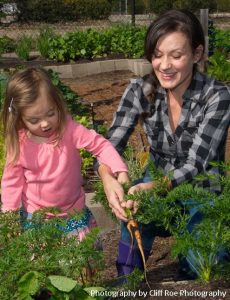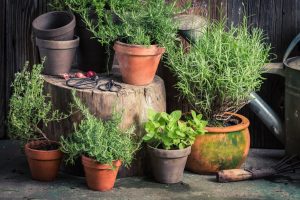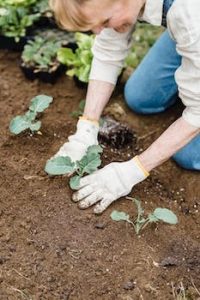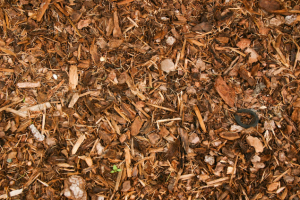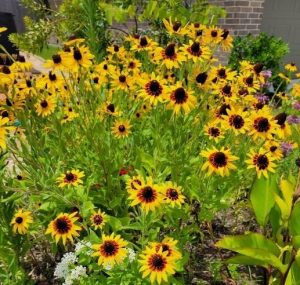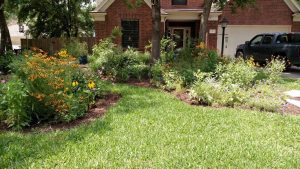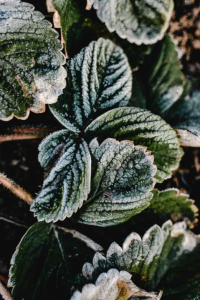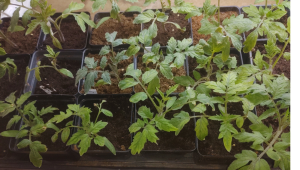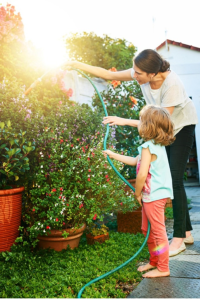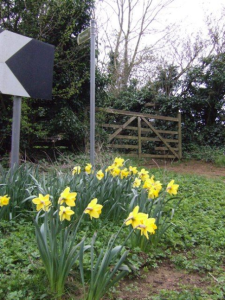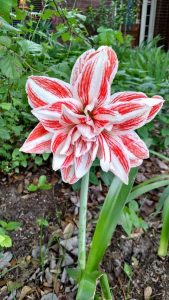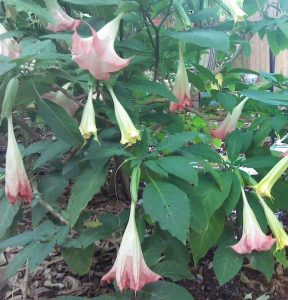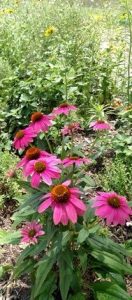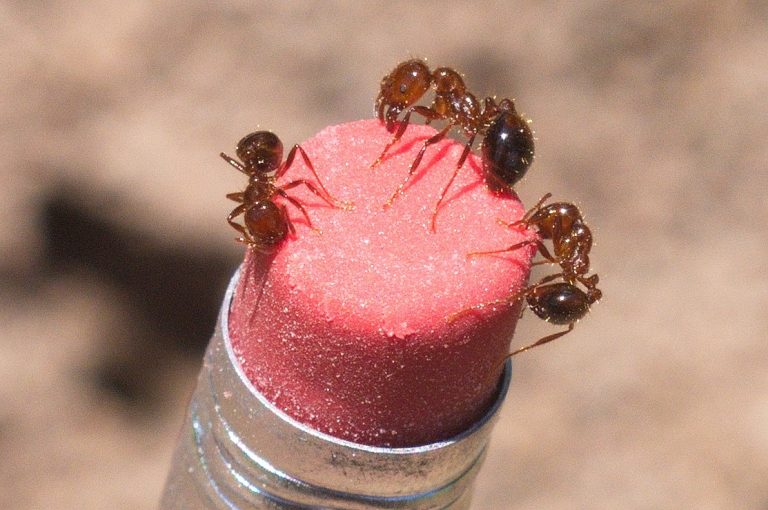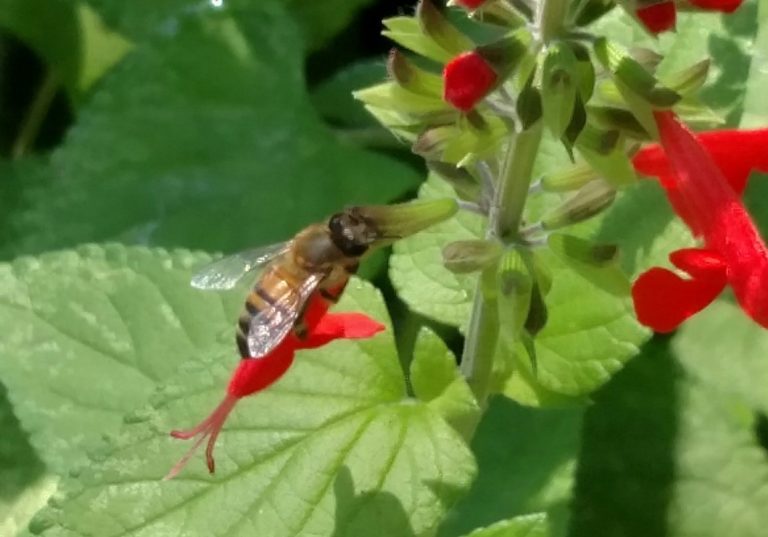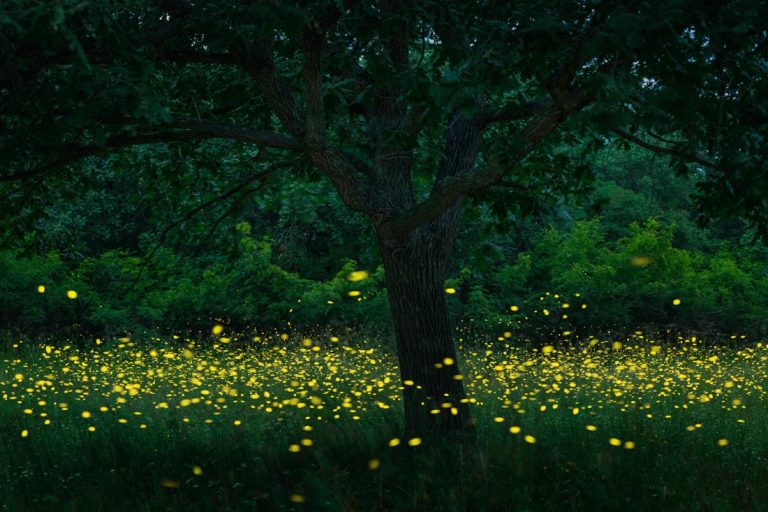Building your own vegetable garden doesn’t have to be a major chore. Use these simple steps to have a bountiful crop this year.
First step – Locating your garden
Here in the Northern Hemisphere, the best way to orient your garden rows are north to south. This gives maximum exposure to the sun and allows better air circulation.
Vegetables need sun to flourish. Pick a spot with east to west exposure and plan your garden at perpendicular to the path of the sun’s path. Remember though that the path changes throughout the year.
And don’t worry whether you have room enough to build a vegetable garden. Any space will work if you have enough of the right elements. I know people who live in apartments and condos. They have a fruitful garden on their balconies.
A little word of caution: don’t site your garden where nearby trees or shrubs can compete with your garden for nutrients.
Second step to building your own vegetable garden
I have always recommended raised beds for our area. It holds soil and nutrients in and is easier and less messy than simple rows. But that’s up to you. My preference is a rectangular bed no wider than five feet wide (although I prefer four feet). The narrowness will allow two rows or more of plantings. This also allows you to plant, weed, cultivate of harvest from either side without straining or walking on your garden soil – something you should never do anyway.
You can make the rectangles if you want and do multiples of them parallel to each other. If you do multiple parallel gardens though, make sure you leave enough room between them to move easily between them.
Third step – materials for building your own vegetable garden
I used pressure-treated lumber for my home garden. It works very well. Make sure the lumber you use is treated after 2003. Prior to that, pressure-treated lumber was treated with chromated copper arsenate which can leach arsenic into the soil, into your vegetables, and into yourself. Almost all lumber available now is safe to use, but I suppose there is some chromate copper arsenate treated wood still out there.
In our community garden, we use cinder blocks, laid out end to end. The holes in the cinder blocks can be used for planting marigolds, short-stemmed zinnias, herbs, or even strawberry plants. Some gardeners prefer corrugated or galvanized steel, plastic, or other compounds to build their gardens. I’m not a fan of plastic…mainly because remnants of discarded plastic is everywhere.Fourth Step: Make sure you have a water source close by.
Fourth step – make sure you have awater source close by
Of course, water is necessary to all life on the planet, and your garden is no exception. Make sure you have a source of clean water. If you are using municipal water, it has chlorine in it, and although (by law) it has a neutral pH, chlorine does kill microorganisms in the soil. However, the chlorine level is very low, so any damage is minimal. On the other hand, rainwater does not have
chlorine in it, and it does have trace amounts of nitrogen. You may want to try a rain barrel or a larger rain collection system.
If this is your first time gardening, remember, gardening can be what we make it…fun, peaceful, meditative, exciting, frustrating at times, but always an experience.
BT



